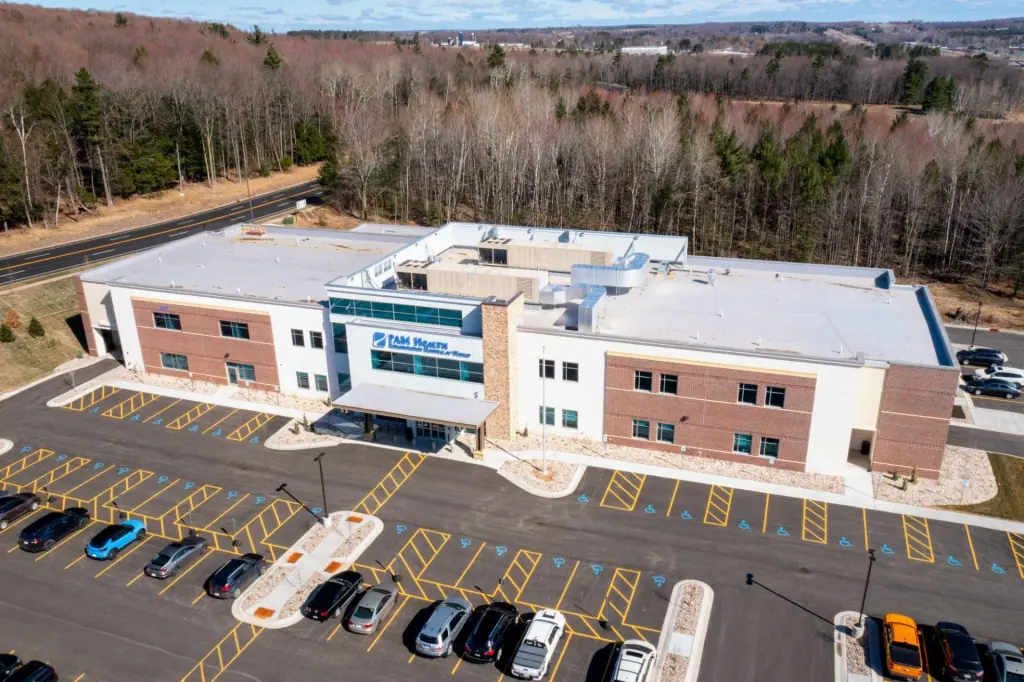In the intricate journey of post-acute recovery, you may find yourself navigating a landscape that extends beyond the confines of medical treatment. While physical healing is paramount, the emotional and social dimensions of recovery are equally vital to a successful rehabilitation process. This PAM Health guide examines strategies for integrating emotional and social support into recovery plans and promoting a holistic approach to post-acute care.
Understanding Post-Acute Recovery: Beyond Medical Needs
Holistic Approach to Recovery
When considering post-acute recovery, it’s crucial to embrace a holistic approach that extends beyond mere medical care. While medical treatment is indispensable, addressing the emotional and social dimensions of recovery can significantly enhance patient outcomes. Recovery is not just about healing physical wounds; it’s about nurturing the whole person.
Emotional Support and Mental Well-being
Emotional support is a cornerstone of successful recovery. Patients navigating post-acute phases often experience a spectrum of emotions, ranging from anxiety to vulnerability. These are natural responses to changes in health and lifestyle. Providing access to mental health professionals, support groups, or therapy sessions can facilitate emotional healing, fostering resilience and optimism.
Incorporating mindfulness practices and stress-reduction techniques can further promote psychological well-being. Techniques such as meditation or gentle physical activities, like yoga, can be transformative, offering patients tools to manage stress and support their recovery.
Social Reintegration and Community Engagement
Equally important is facilitating social reintegration. Often, patients may feel isolated during recovery due to mobility limitations or hospitalization. Encouraging social interaction and community involvement can be a powerful antidote to loneliness. Whether through organized group activities, community centers, or virtual meet-ups, maintaining social ties plays a vital role in recovery.
Engagement with community resources not only alleviates feelings of isolation but also empowers patients to reclaim a sense of normalcy and purpose. For instance, local volunteer opportunities or hobby groups can provide an enriching environment that encourages participation and fosters a supportive network.
Emotional Support: A Pillar in Post-Acute Recovery Plans
Understanding Emotional Needs
In post-acute recovery, addressing emotional needs is vital for patients to achieve holistic healing. Emotional well-being significantly impacts physical recovery, as stress and anxiety can exacerbate symptoms or impede progress. Recognizing and prioritizing these needs involves understanding each patient’s unique psychological landscape.
Patients may experience a range of emotions, from fear and grief to frustration and loneliness. These feelings are normal yet require careful attention to ensure they do not hinder the recovery process.
Building a Supportive Environment
Creating a nurturing environment involves incorporating emotional support into recovery plans. This support can take many forms, such as counseling services, peer support groups, or access to mental health professionals.
Family and friends play an essential role, providing encouragement and companionship that can help patients feel less isolated. Healthcare providers should facilitate these connections, encouraging regular communication and involvement from loved ones.
Integrating Emotional Well-being into Treatment
Incorporating emotional support into treatment plans means acknowledging the patient as a whole person, not just a set of symptoms. This approach might include regular mental health assessments to monitor emotional changes and identify potential issues early.
Additionally, providing resources for stress management, such as mindfulness or relaxation techniques, can empower patients to manage their emotional health actively. Education is key; patients should understand the link between emotional and physical health to take proactive steps in managing their recovery.
Continuing Support Beyond Discharge
Post-acute emotional support should extend beyond the discharge period. Patients often face new challenges when transitioning back to everyday life, and continued support can be crucial. Follow-up appointments, telehealth options, or community resources can provide ongoing assistance. Encouraging patients to maintain connections with support groups or mental health professionals helps ensure they continue to feel supported in their journey to full recovery.
Social Connections: Integrating Community in Recovery
The Power of Community Support
Community plays a pivotal role in enhancing the recovery process by providing emotional and social support. Engaging with others who understand the challenges of post-acute recovery fosters a sense of belonging and alleviates feelings of isolation. The sense of camaraderie and shared purpose can act as a powerful motivator, encouraging patients to adhere to their recovery plans with renewed determination.
Building a Supportive Network
Creating a supportive network involves connecting with family, friends, and local support groups. These connections offer practical assistance and emotional support during difficult times. Encouraging individuals to communicate openly about their recovery journey helps strengthen these bonds, providing a robust framework that supports both mental and physical well-being.
Leveraging Technology for Connectivity
In today’s digital age, technology serves as a valuable tool to maintain social connections beyond geographical limitations. Online platforms and social media groups tailored for specific recovery needs can offer continuous support and encouragement.
Virtual meetings, chats, and forums allow individuals to connect with peers and mentors, providing round-the-clock access to advice and camaraderie. Embracing these technological solutions complements traditional support, ensuring that individuals remain connected, informed, and motivated throughout their recovery journey.
Strategies for Holistic Post-Acute Care
Integrating Emotional Support
In post-acute recovery, acknowledging and addressing emotional needs is as crucial as physical healing. Patients often face psychological challenges like anxiety, depression, or post-traumatic stress, which can impede their recovery if left unaddressed. Incorporating emotional support into care plans can make a significant difference. This includes regular counseling sessions, support groups, and stress management workshops.
Enhancing Social Connectivity
Social interaction plays a crucial role in the healing and recovery process. Isolation can exacerbate feelings of loneliness and hinder progress. Ensuring that patients have access to social support networks is essential. Encourage family visits, involve patients in community activities, or use technology to connect with loved ones virtually.
Programs that promote peer interactions, such as group therapy or recreational activities, can also be beneficial. These interactions not only reduce isolation but also help patients build resilience and regain a sense of normalcy.
Personalized Care Plans
A one-size-fits-all approach rarely meets the diverse needs of patients. Tailoring care plans to individual preferences and circumstances is key. This involves assessing the patient’s lifestyle, preferences, and cultural background to create a plan that resonates with them. For instance, incorporating preferred hobbies or cultural practices into their routine can enhance engagement and compliance.
Final Thoughts
In this PAM Health guide, addressing the multifaceted journey of post-acute recovery, you recognize that healing extends beyond the physical. By integrating emotional and social dimensions into recovery plans, you empower patients with holistic support, fostering resilience and well-being. As you implement strategies that prioritize these often-overlooked aspects, you not only enhance patient outcomes but also promote a compassionate approach to healthcare.




